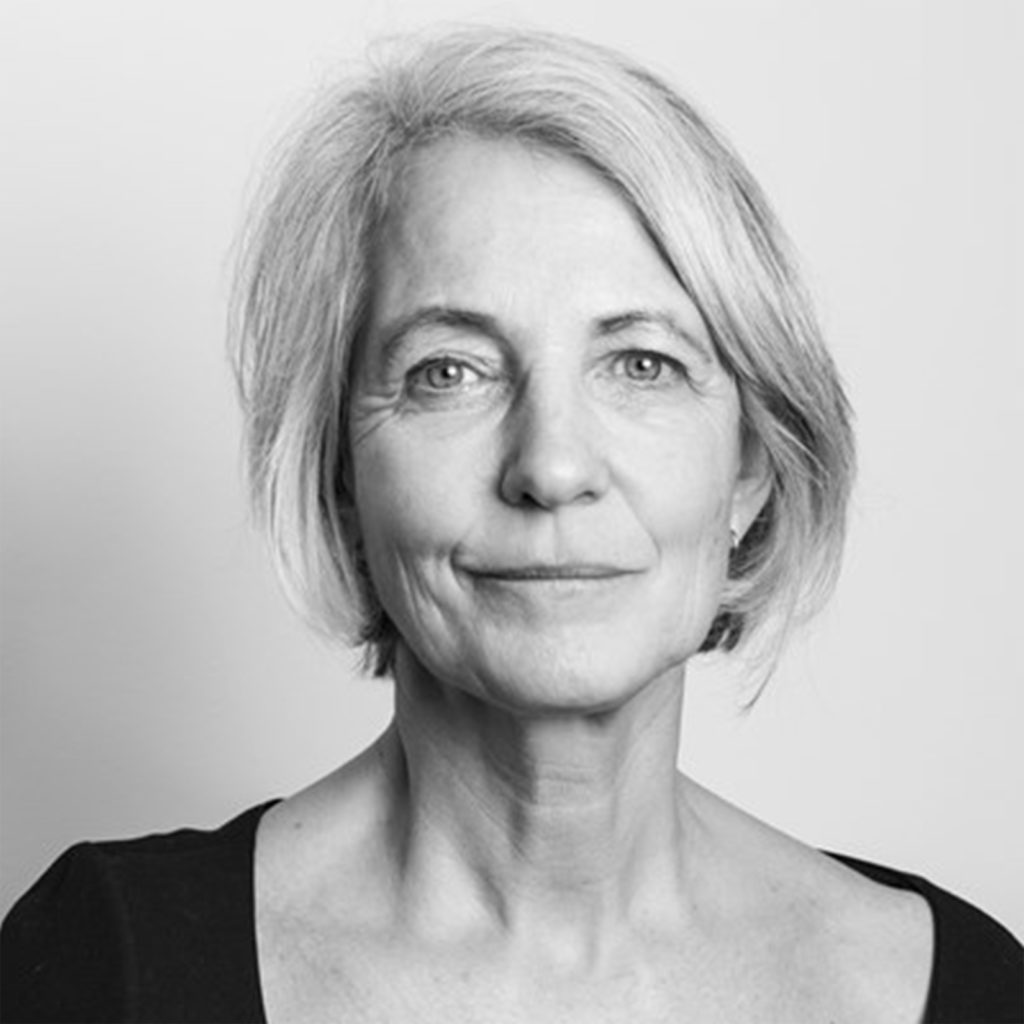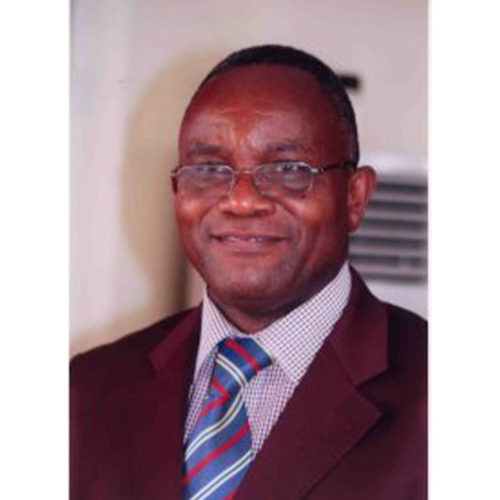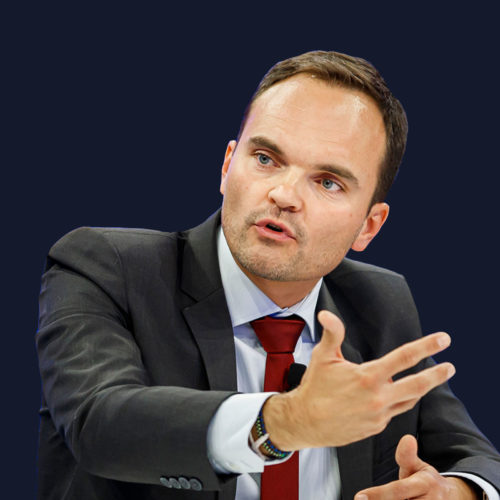INTERVIEW

ANNE SMETANA
DIRECTRICE HEALTHCARE DANEMARK
Denmark must manage the aging of the population and chronic diseases. Therefore, which means have been established to cope with these issues?
In Denmark, we work with a systematic focus on prevention and early detection of chronic diseases. This means that the primary sector, including GPs, is used to a greater extent for systematic follow-up and control of chronically ill patients. In addition, we have implemented national telemedicine solutions for patients with COPD and heart diseases.
Denmark promotes a policy to maximize the number of out-of-hospital procedures, so which means are being used to limit access to the hospital?
In Denmark, the GP has the function as gatekeeper, which means that patients do not have direct access to specialists or the emergency department. Denmark has a strong focus on outpatient treatment and the possibility for patients to be treated in their own homes. Research results from e.g. Telecare North shows that telemedicine solutions provide good results for the benefit of patients.
Denmark is one of the most digitalised countries in the world, and has built a real digital ecosystem, so what were the stages of its development?
• Stage 1
Denmark has optimized workflows by implementing digital solutions in hospitals and phasing out the traditional administrative tasks including pen and paper.
• Stage 2
Denmark has developed a health data network with the purpose to exchange information across the healthcare system.
• Stage 3
Data has been used to develop a national e-health portal where citizens and healthcare professionals have easy online access to personal health data such as prescriptions, laboratory responses and vaccination records.



